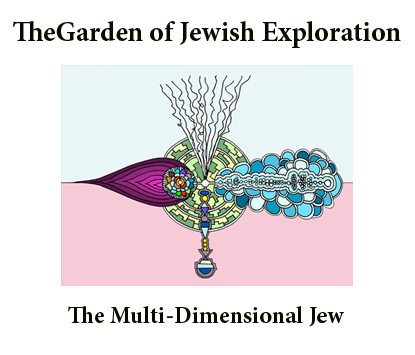 The first beracha of the Amida also refers to God as א-ל עליון (el elyon) – The Powerful God who is Most High. This is a strange way to refer to the Creator of the World and is a citation from a non-Jewish priest whom we meet in the book of Bereishit. After the successful battle against the four kings in chapter fourteen, Avram is greeted by a mysterious priest who interrupts the negotiations with the King of Sodom. The Torah tells us:
The first beracha of the Amida also refers to God as א-ל עליון (el elyon) – The Powerful God who is Most High. This is a strange way to refer to the Creator of the World and is a citation from a non-Jewish priest whom we meet in the book of Bereishit. After the successful battle against the four kings in chapter fourteen, Avram is greeted by a mysterious priest who interrupts the negotiations with the King of Sodom. The Torah tells us:
(18) And Malki-Tzedek king of Shalem brought forth bread and wine; and he was a priest of God the Most High (el elyon). (19) And he blessed him and said, “Blessed be Avram to the God Most High, Maker of heaven and earth ; (20) and blessed be God the Most High, who has delivered your enemies into your hand.” And he gave him a tenth of all.
The concluding phrase of the first beracha refers to the beginning of the next chapter when God tells Avram that he has nothing to fear. After his military victory Avram receives a blessing from a non-Jewish priest and then assurance from God that he will be safe. God tells Avram: Do not be afraid, I will protect you (Bereishit 15:1). What do the rabbis who wrote this beracha want to communicate to us by pulling this narrative into the opening of the Amida?
The remainder of this beracha refers to: 1) God as doing chesed; 2) God who remembers the chesed of our ancestors; 3)and, God who brings redemption with love. One might not think that Avram needed a God overflowing with chesed and love at this moment in the narrative. However, it is precisely at this time, a time of victory and power, that we need to be reminded of the importance of chesed.
The first section of the beracha brought us to the introduction of Moshe to God and his humble, hesitant approach to leadership. The second piece of this beracha now brings us into a very specific moment of the life of Avram avinu when he is in a position of power. Moshe, before he stepped into his role as leader, and Avram, at the end of the battle, are in two opposite places. Moshe is afraid to step into the geopolitical arena and approach Pharo, while Avram has just won a war against the four kings who had already defeated the five kings. The Amida juxtaposes these two Biblical moments to remind us that, whether we have just experienced great success or are feeling nervous about what might come next, God will be there for us, with love.
Chapter fifteen continues with the Berit ben ha-betarim (The Covenant between the Pieces). Now Avram, despite his great success, expresses his own self-doubt about who will inherit his path. At this point he does not have children, and he is scared that perhaps his vision of the world might come to an end with his own passing from this world. Avram is told of his own future – that he will indeed have his own children – as well as the future of the Jewish People. We will be enslaved and ultimately redeemed, and throughout it all, God will be with us.
Divine grace or love, what this beracha refers to as חסד, (sometimes translated as loving-kindness) is a foundation of a life of prayer in particular and Jewish theology more broadly. We will return to this idea later in these essays.






 In the first two essays we saw three different surprising sources offered by the Yerushalmi for the source of the seven days of
In the first two essays we saw three different surprising sources offered by the Yerushalmi for the source of the seven days of  The first beracha of the Amida also refers to God as א-ל עליון (el elyon) – The Powerful God who is Most High. This is a strange way to refer to the Creator of the World and is a citation from a non-Jewish priest whom we meet in the book of Bereishit. After the successful battle against the four kings in chapter fourteen, Avram is greeted by a mysterious priest who interrupts the negotiations with the King of Sodom. The Torah tells us:
The first beracha of the Amida also refers to God as א-ל עליון (el elyon) – The Powerful God who is Most High. This is a strange way to refer to the Creator of the World and is a citation from a non-Jewish priest whom we meet in the book of Bereishit. After the successful battle against the four kings in chapter fourteen, Avram is greeted by a mysterious priest who interrupts the negotiations with the King of Sodom. The Torah tells us: